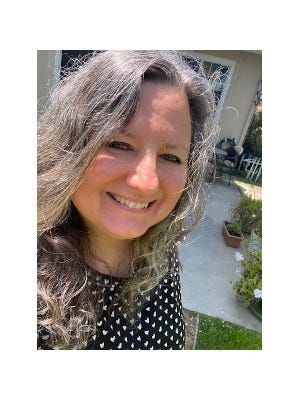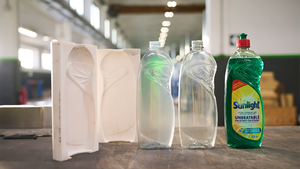Focus on the end-user
January 4, 2016
Package usability was a distinct theme at HealthPack this year. Not only did attendees get to hear the “voice of the customer” during the event’s annual nurses panel, but also a few speakers urged attendees to examine the end-user experience when designing medical device packaging.
There are multiple benefits to focusing on the end-user, explained Dr. Ondrea Kassarjian, PhD, principal engineer, packaging technology, at Cardinal Health, during “Evaluating the Human & Package Interface for Medical Device Packaging Development.” Medical device manufacturers can “accelerate innovation” and “optimize the user interface to better match devices to users.” Better patient outcomes are possible, along with “happy customers, safer procedures, reduced errors and misuse, efficiency, and reduced costs,” she explained.
End-user needs can be better understood through “formative evaluations” such as “cognitive walk-throughs” and “simulated use testing” as well as “usability assessments and user interviews,” she said. Designers can also use external simulation centers for objective controlled research and videos, she added.
Dr. Laura Bix, PhD, associate professor at Michigan State University, School of Packaging, discussed the concept of affordance during “Application of Affordances in Medical Device Packaging: How to Design Intuitively.”
“Objects afford us possibilities,” she told the audience, citing the theories of James Gibson and other scholars and relating it to medical device packaging. “You can manipulate designs to get desired behaviors,” she added. During package design, “you can provide clues” to ease use. But “if you have to provide a lot of instructions, your design is flawed.”
Designers must be aware of the behavior a given design affords. Bix offered the example of a chevron-style pouch with a thumb notch. If there is not enough space between the notch and the seal for the end-user to grip, the pouch affords opening from the corner, rather than from the intended chevron point, which could impact opening ease. “You have to think about the signal strength” of designs, she explained.
Bix encouraged attendees to take part in MSU’s Packaging HUB Research Group, which can be found athttps://www.facebook.com/pages/Packaging-HUB-Research-Group-Michigan-Sta....
Kassarjian urged attendees to read FDA’s draft guidance, “Applying Human Factors and Usability Engineering to Optimize Medical Device Design.” And she reminded the audience that package validation efforts can include design verification testing and documenting user specifications.
Russell Darley CPP, manager, medical applications, at Sealed Air Corp., facilitated the live focus group of nurses. Participants shared several preferences as they opened medical device packages submitted for the annual panel. These nurses liked packages that allowed users to see package contents, were “easy to hold on the bottom of the tray,” featured protective sleeves on implants, and provided color coding that can help in identification.
These nurses said that they do examine packages for integrity, expiration dates, and latex warnings, but not for sterilization indicators.
The nurses reported having to turn over surgical areas in 30 minutes and preferring compact packages because of limited storage. “The more compact, the better,” said one nurse. “Otherwise, someone has to constantly replenish and doctors say, ‘Why didn’t you have more than one?’”
Safety covers over sharps are also preferred. “The paperwork will kill you if the sharps doesn’t,” said one nurse.
Focused on medical packaging design and technology?
By Daphne Allen
Pharmaceutical & Medical Packaging News
About the Author(s)
You May Also Like




